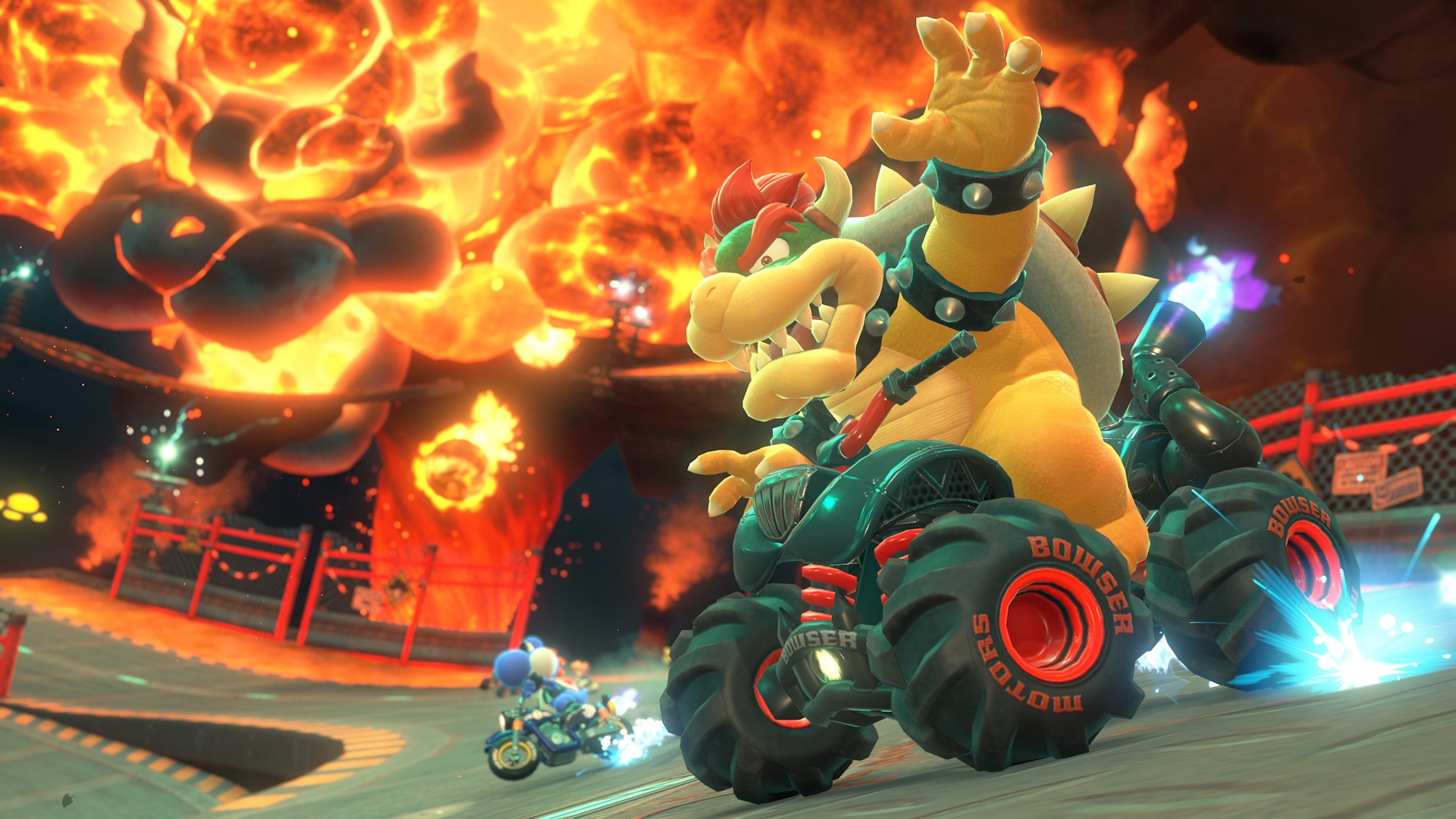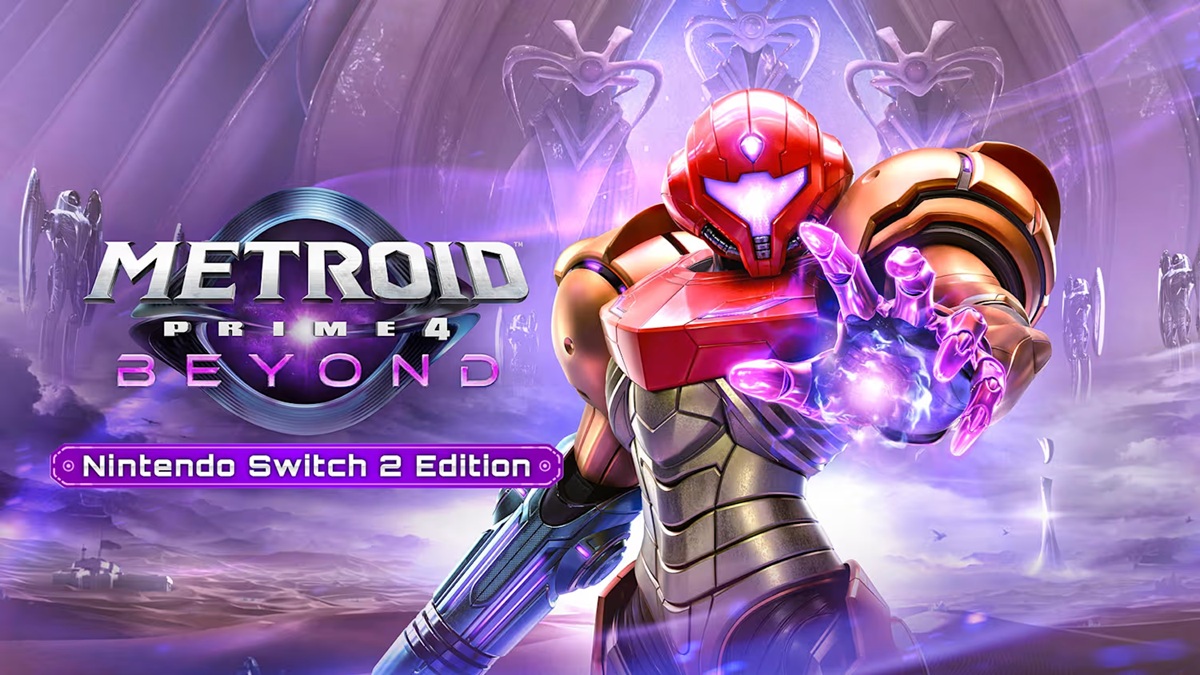Nintendo’s latest handheld console, the Nintendo Switch 2, has quickly become a focal point for discussion among players, particularly regarding its display technology.
After the successful release of the Nintendo Switch OLED model—which won fans over with its enhanced screen quality—Nintendo made the strategic decision to return to LCD display technology for the Switch 2, stirring plenty of conversation in gaming circles.
As gamers and industry analysts weigh the pros and cons, it’s vital to recount what’s changed and how this new LCD panel measures up to previous models. When the original Nintendo Switch launched in 2017, it featured a standard LCD screen that initially met expectations but was soon overshadowed by the brighter colors and deeper contrast offered by the 2021 Switch OLED model.
Many believed that an OLED screen should have been the standard from the start, considering the significant leap in image quality it brought.
However, for the Nintendo Switch 2, Nintendo chose to forgo OLED in favor of a newly designed LCD panel, prioritizing factors like manufacturing scalability and power efficiency. Despite stepping back from OLED technology, early hands-on reports suggest the Switch 2’s display represents a considerable upgrade.
According to firsthand impressions, the new LCD panel boasts excellent brightness levels and robust color performance, positioning it far ahead of the original 2017 model.
While the transition has been generally well-received, some nuances in technology remain.
OLED screens offer near-instant pixel response times, virtually eliminating motion blur, although their inherent flicker can cause discomfort for some users.
On the other hand, LCD panels typically have slower pixel response rates, leading to a certain degree of motion blur, especially noticeable during fast-paced gameplay. This minutia has drawn attention from users and analysts alike since the console’s release.
As Cary Golomb and others have pointed out, Nintendo is believed to source LCD panels for the Switch 2 from two suppliers: Innolux and Sharp.
The potential variance between these suppliers echoes the 'screen lottery' phenomena seen with earlier Nintendo DS and 3DS models.
However, according to research highlighted by Nintendo Patents Watch, the disparity in quality between displays from Innolux and Sharp is less significant than some reports have implied. For gamers, the real-world consequences of this choice depend largely on the games played.
While the motion blur associated with LCD screens is minimal for titles like Mario Kart World, it becomes more apparent in visually intricate or fast-moving 2D titles such as Unicorn Overlord, where high-speed transitions can make blurriness more noticeable. Ultimately, while purists may lament the absence of an OLED panel in the Nintendo Switch 2, the new LCD display offers a marked improvement over the original and represents a calculated balance of performance and cost.
As more consumers get hands-on time with the device, feedback will further refine our understanding of its strengths—and its remaining limitations.
The debate between OLED and LCD technology remains ongoing, serving as yet another example of Nintendo’s unique approach to hardware.
After the successful release of the Nintendo Switch OLED model—which won fans over with its enhanced screen quality—Nintendo made the strategic decision to return to LCD display technology for the Switch 2, stirring plenty of conversation in gaming circles.
As gamers and industry analysts weigh the pros and cons, it’s vital to recount what’s changed and how this new LCD panel measures up to previous models. When the original Nintendo Switch launched in 2017, it featured a standard LCD screen that initially met expectations but was soon overshadowed by the brighter colors and deeper contrast offered by the 2021 Switch OLED model.
Many believed that an OLED screen should have been the standard from the start, considering the significant leap in image quality it brought.
However, for the Nintendo Switch 2, Nintendo chose to forgo OLED in favor of a newly designed LCD panel, prioritizing factors like manufacturing scalability and power efficiency. Despite stepping back from OLED technology, early hands-on reports suggest the Switch 2’s display represents a considerable upgrade.
According to firsthand impressions, the new LCD panel boasts excellent brightness levels and robust color performance, positioning it far ahead of the original 2017 model.
While the transition has been generally well-received, some nuances in technology remain.
OLED screens offer near-instant pixel response times, virtually eliminating motion blur, although their inherent flicker can cause discomfort for some users.
On the other hand, LCD panels typically have slower pixel response rates, leading to a certain degree of motion blur, especially noticeable during fast-paced gameplay. This minutia has drawn attention from users and analysts alike since the console’s release.
As Cary Golomb and others have pointed out, Nintendo is believed to source LCD panels for the Switch 2 from two suppliers: Innolux and Sharp.
The potential variance between these suppliers echoes the 'screen lottery' phenomena seen with earlier Nintendo DS and 3DS models.
However, according to research highlighted by Nintendo Patents Watch, the disparity in quality between displays from Innolux and Sharp is less significant than some reports have implied. For gamers, the real-world consequences of this choice depend largely on the games played.
While the motion blur associated with LCD screens is minimal for titles like Mario Kart World, it becomes more apparent in visually intricate or fast-moving 2D titles such as Unicorn Overlord, where high-speed transitions can make blurriness more noticeable. Ultimately, while purists may lament the absence of an OLED panel in the Nintendo Switch 2, the new LCD display offers a marked improvement over the original and represents a calculated balance of performance and cost.
As more consumers get hands-on time with the device, feedback will further refine our understanding of its strengths—and its remaining limitations.
The debate between OLED and LCD technology remains ongoing, serving as yet another example of Nintendo’s unique approach to hardware.






